An Idiot's Guide To The Mazda MX-5: History, Generations, Special Editions

Praised by drivers the world over (and maligned by those who just don’t get it), the Mazda MX-5 is one of the world’s most popular sports cars.
With more than a million examples sold, it’s delighted enthusiasts for more than 30 years with one of the purist driving experiences you can have on the road. Strap on your driving gloves and ignore the haters as we take a look at the history of what must surely be a modern-day driving icon.
The Origins of the Mazda MX-5

To trace the origins of the Mazda MX-5, you have to go back in time. Not to Japan, but to Norfolk, England, in the 1960s. A little company you may have heard of, Lotus Cars, built what is still held up today as the quintessential British sports car –the Lotus Elan.
The Elan was a two-seater, rear-wheel-drive, lightweight sports car designed for nimble handling, driver involvement and, above all, fun. It didn’t need monstrous superchargers and massive power to give you thrills; it focused on the essentials – driver and machine in harmony with the road.
In the late 1970s, the concept reached Japan, but it took a circuitous route via the USA. During a visit to Japan, esteemed US journalist Bob Hall had a conversation with Mazda’s head of research and development, Kenichi Yamamoto. Hall was an acknowledged expert on Japanese cars, who had worked for Motor Trend and then AutoWeek, while Yamamoto would later become Mazda’s president and chairman.
Hall suggested to Yamamoto that Mazda should build an inexpensive, two-seater roadster. Nothing happened immediately, but a few years later, Bob had jumped from journalism to product planning and was working for Mazda in Southern California. Yamamoto was visiting, and while the two got reacquainted, he suggested that Hall study the business case for his lightweight sports car idea.
As it turned out, the notion had legs, and in November 1983 development of the project began with Mazda engineers in both Tokyo and California. While initial ideas included a mid-engined car and even a front-wheel-drive machine, eventually the traditional front-engine, rear-wheel drive layout was chosen as the best way forward, using the same philosophy as Mazda’s British counterparts in Hethel all those years before. Indeed, the Mazda design studio put an Elan in the office as inspiration, and the design was overseen by C. Mark Jordan and Tsutomo “Tom” Matano.
In 1985, Kenichi Yamamoto – now Mazda’s president – recommended that the board approve production, and in January 1986, it was given the green light. It would take another three years to develop the car further, and in 1989, the Mazda MX-5 was ready to be unleashed on the world.
1989 Mazda MX-5 (NA)

The first-generation Mazda MX-5 was revealed at the Chicago Auto Show in 1989 and went on sale later that same year, firstly in North America, then in Japan, and early in 1990 in Europe. Weighing less than 1,000kg, it was powered by a 1.6-litre, 16-valve, four-cylinder engine with 115bhp and a choice of a five-speed manual gearbox or, in Japan and the US, an optional automatic. The body was steel, with a lightweight aluminium bonnet and some nods towards the Lotus Elan that inspired it, including pop-up headlights and chrome door handles.
The suspension used independent control arms both front and back while all four wheels featured disc brakes. Japan and the US had the option of a limited-slip differential with the manual gearbox. Power steering? Nope – too heavy.
While in the US the new car was known as the MX-5 Miata, it was simply the MX-5 in Europe. In Japan there was no Mazda badge or MX-5 name, instead, it was marketed as a Eunos Roadster, which was Mazda’s luxury brand at the time (think Lexus for Toyota and Genesis for Hyundai).
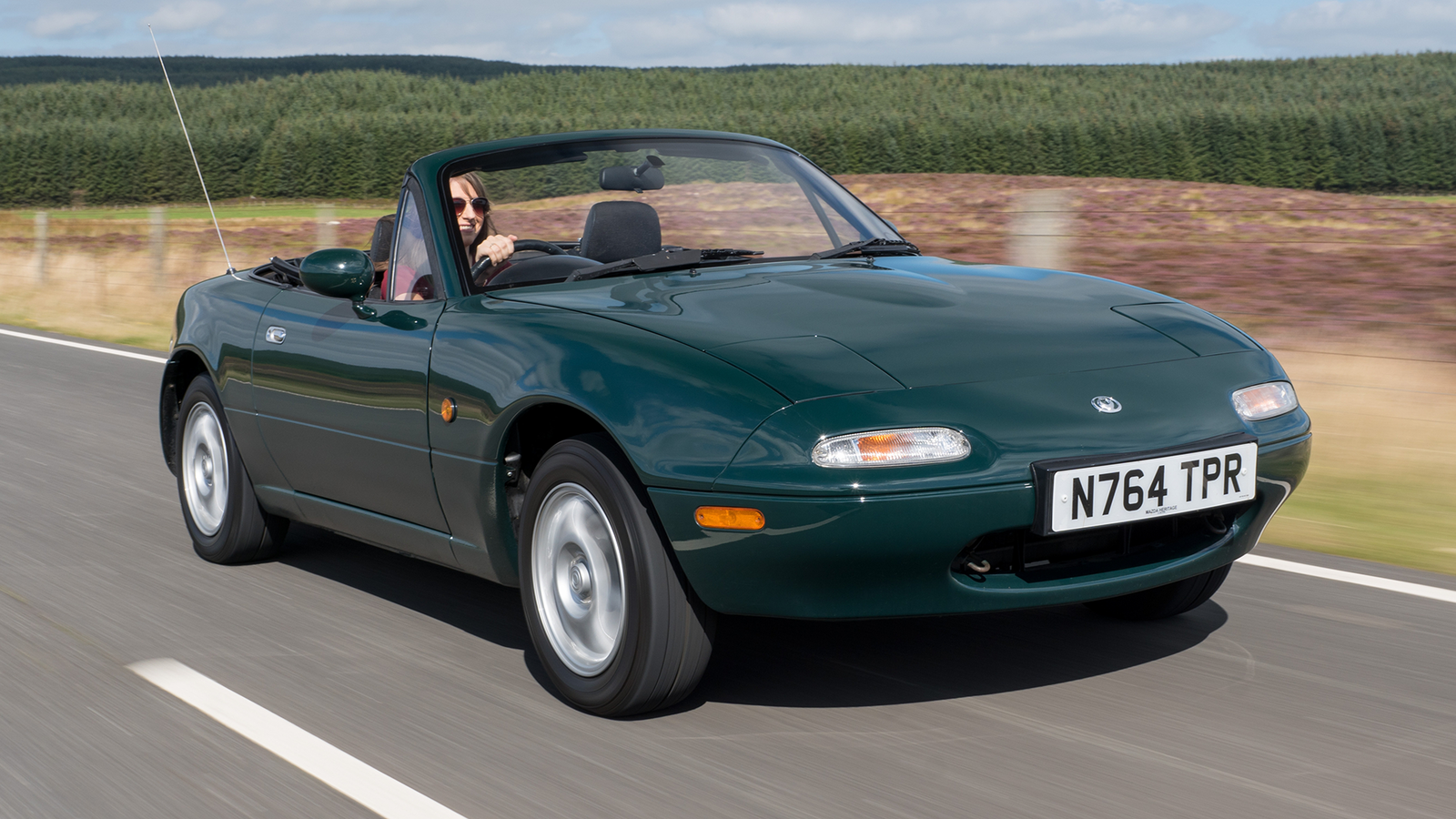
The critical response to Mazda’s new baby was overwhelmingly positive amid a tidal wave of anticipation – Autocar called it “The world’s most written-about and, arguably, most desirable affordable car” and said it was “the two-seat roadster that car enthusiasts have been screaming for since the demise of the old Lotus Elan”. Those remarking negatively on the car’s acceleration time (eight seconds-plus to 62mph) were rather missing the point – the MX-5 wasn’t about speed, it was about feel and engagement. The handling and the gearbox came in for particular praise from motoring journalists, and a bundle of awards followed.
Unsurprisingly, the MX-5 was a hit and sold by the bucketload. As would be the case throughout the car’s history thus far, Mazda started producing special edition models almost immediately – there have been far too many to list here, but they variously featured specific colours, trim additions and extras like BBS alloys, Bilstein shocks and anti-lock brakes, as well as cruise control and a limited-slip differential.
In 1993, a new engine was introduced – a 1.8-litre, four-cylinder unit with more power at 129bhp (beefed up to 133bhp in 1996). Then in 1997, a new, second-generation MX-5 was revealed.
1997 Mazda MX-5 (NB)

The 1997 Tokyo Motor Show saw the covers whipped back on the second-generation MX-5, codenamed NB, which touched down with customers early in 1998.
Unsurprisingly, it didn’t deviate from the core philosophy that made the first car such a success, and much of the underlying engineering remained constant, but there were a few differences. Most notably, the pop-up headlights were gone. Sad face. But they had to go due to pedestrian safety laws. The design had evolved too, with more than a hint of RX-7 to the lines, and with more powerful brakes and extra power at 140bhp from the 1.8 (and 108bhp from the 1.6).
As you no doubt know by now, it was still great – everything brilliant about the first car remained, with pin-sharp handling that rewarded the driver without them having to smash the speed limit. But it also added a new layer of comfort, with a supple ride and an upgraded interior, as well as a wind deflector behind the seats and better insulation when the fabric roof is raised.

This was all just as well, as by this point rivals had started getting in on the act. The MX-5 was fighting off competition from the likes of the MG F, BMW Z3 and the Lotus Elise, but by being relatively cheap, in demand and bloomin’ good, the MX-5 continued to fly out of the showrooms.
In 2001 the MX-5 was given a mild facelift, with slightly revised headlights a different front bumper, and a small bump in power for the 1.8 to 152bhp.
Special editions were flung out at regular intervals once again, although UK buyers will be forgiven for being irate that the most interesting one didn’t officially come to our shores. All Mk2 MX-5s were naturally aspirated, with the exception of the 2004 Mazdaspeed MX-5. Produced by Mazda’s tuning division, it bolted a turbo onto the engine to give it 178 horses but was only sold in North America, Australia and Japan, under the name of the Roadster Turbo. If you’re very lucky, you might be able to track down an imported one.
2005 Mazda MX-5 (NC)

In 2005, it was time for a change. Much of the MX-5 had barely evolved since 1990, so the Mk3 was all-new. Designed by Moray Callum (brother of Ian), it was based on 2003’s Mazda Ibuki concept, so the world had a fairly good idea of what was coming.
But while the look was new, the philosophy was constant (probably just as well, as the NB was still selling big numbers). The car had to be slightly larger than before, due to safety requirements and new technical features, but Callum emphasised in the run-up to the car’s release that they were not going to make a different product to the original MX-5 design concept.
The challenge therefore was to create something the same as the previous cars, but also completely different. And when the new car dropped, the consensus was that Mazda had done a very nice job. Despite the increased size of the NC MX-5, the overall weight was up just 10kg, while torsional rigidity was improved by 47%. The engine was shifted backwards while the wheelbase was extended by 65mm, which kept the car’s 50:50 weight distribution. Various components were dropped down to make for a lower centre of gravity and/or lightened for less unsprung mass. Both the front and rear track had been widened, and the rear suspension design was lifted from the RX-8.
The 1.6-litre engine was given the heave-ho, with the 1.8-litre unit carried over and developed to sit below a new 2.0-litre engine. The latter had 158bhp at a pretty razzy 6700rpm and came with a six-speed manual ‘box.
Inside, the interior was given a full overhaul, finally featuring an adjustable steering column to appease those who couldn’t find their ideal driving position.

The response to the new car was… well, not as overwhelmingly positive as Mazda probably hoped. It’s certainly not a bad car, but when you’re following cars as beloved as the NA and NB, you’re judged to a high benchmark. The NC’s electric power steering wasn’t as feelsome as MX-5 drivers expected. Nor was it as predictable – while we in no way condone sliding an MX-5 joyfully around roundabouts, the older cars transmitted their intentions beautifully when the limit of adhesion was about to be broken. Meanwhile, the NC announced its lack of traction only when it started to slide. The ride could feel somewhat agitated, too, all of which didn’t always inspire confidence.
But all that said, the MX-5 was still a whole bunch of fun on an open B-road, and you didn’t need to risk your licence to enjoy yourself. The enhanced chassis felt sharper and more agile, and there remained a delight in keeping the revs high and cranking the fantastic manual gearbox. Just keep the stability control on until you really know the car.
In 2006, a tweak to the philosophy arrived. The MX-5 Roadster Coupe ditched the folding canvas roof in favour of a folding hard-top, intended to broaden the car’s appeal. Although heavier than the standard car, it was only by around 37kg. And as roofs go, it’s a good one, with three panels folding away at the touch of a button in just 12 seconds.
A facelift arrived in 2009 with new lights, a revised grille and different bumpers. And crucially, it also came with revisions under the surface, including revisions to the double-wishbone front suspension for better handling and cornering, fettled steering and some engine twiddles to improve fuel economy and reduce emissions.
As usual, a steady stream of special editions poured out of the factory. Ones to watch out for include 2010’s 20th Anniversary Edition, which was limited in number (just 600 came to the UK) and came with a front strut brace to add some extra agility, and a few years later, the 25th anniversary model, in Soul Red with Bilstein suspension. If you can find a 2013 GT Jota model then grab it – power was boosted to 203bhp and it came with a central exhaust, adjustable Bilstein or Ohlins dampers and Recaro seats. The farewell BBR GT270 model came out in 2014, with tuning firm BBR upping power to 268bhp, with an EcuTek ECU providing launch control and various options to fiddle with throttle maps.
2015 Mazda MX-5 (ND)

The covers were whipped off the fourth-generation MX-5 in 2014, and it arrived in the UK in 2015, taking pride of place at that year’s Goodwood Festival of Speed.
The headlines? Well, bucking the general trend for model evolutions, the ND-generation MX-5 was actually smaller than the car it replaced, with a shorter length and wheelbase, although it’s slightly wider and 20mm lower.
Weight saving was a big priority for Mazda, which had progressed its only slightly annoying catchphrase from “Zoom zoom” to “Jinba Ittai”, which is Japanese for “horse and rider as one”. In other words, the new MX-5 was intended to enable your fun by being basically an extension of your driving intentions. Shedding a pretty massive 100kg from the outgoing model was an excellent start. The suspension setup continued to feature double wishbones at the front and multi-link at the rear, with the more powerful 2.0-litre models getting Bilstein dampers, a limited-slip diff and a front strut brace.
Speaking of engines, the choices were the aforementioned 2.0-litre with 158bhp or a 1.5-litre with 129bhp, with a six-speed manual gearbox for both. Once again, the engines were drawn backwards on the chassis to improve handling and maintain the 50:50 weight distribution.

The Roadster Coupe model, with its folding hardtop, was ditched for the ND MX-5. Instead, in 2017, the soft top was joined by the MX-5 RF, which stood for Retractable Fastback. This has a hard top of sorts, but rather than a three-piece stacking roof, it has a single, Targa-style top panel that folds back behind the seats. The weight penalty for the RF is around 40kg, which isn’t enough to massively change the driving experience of the ND MX-5.
Which, by the way, continues to be ace. While all around it, sporty cars ramp up the horsepower in search of thrills to the point where you can now get hot hatches with north of 400bhp, the MX-5 relies on feel, poise and, dammit, just pure fun. It’s light, rear-wheel driven and puts you in sync with the road. It’s not designed for Nürburgring lap records, although plenty have walloped on turbochargers to turn their MX-5s into track toys. But out of the box, the naturally aspirated ND MX-5 is a cracker, with the now-trademark snick-snick manual gearbox putting a cherry on the experiential cake. You can also get an automatic, but… don’t. That’s not what the MX-5 is for – it’s about doing the driving yourself, and having a whale of a time while doing it.
Long may that philosophy continue.
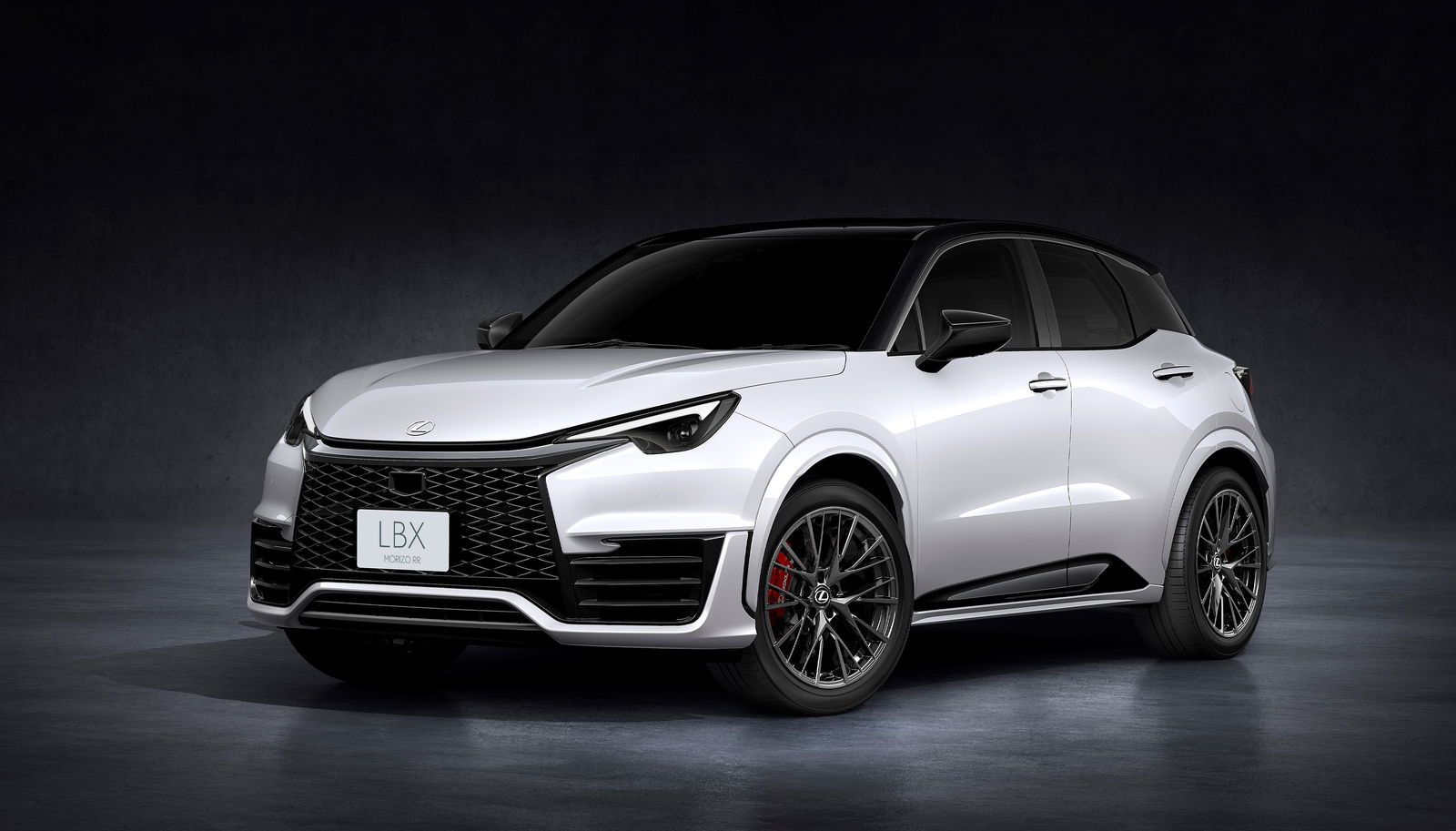
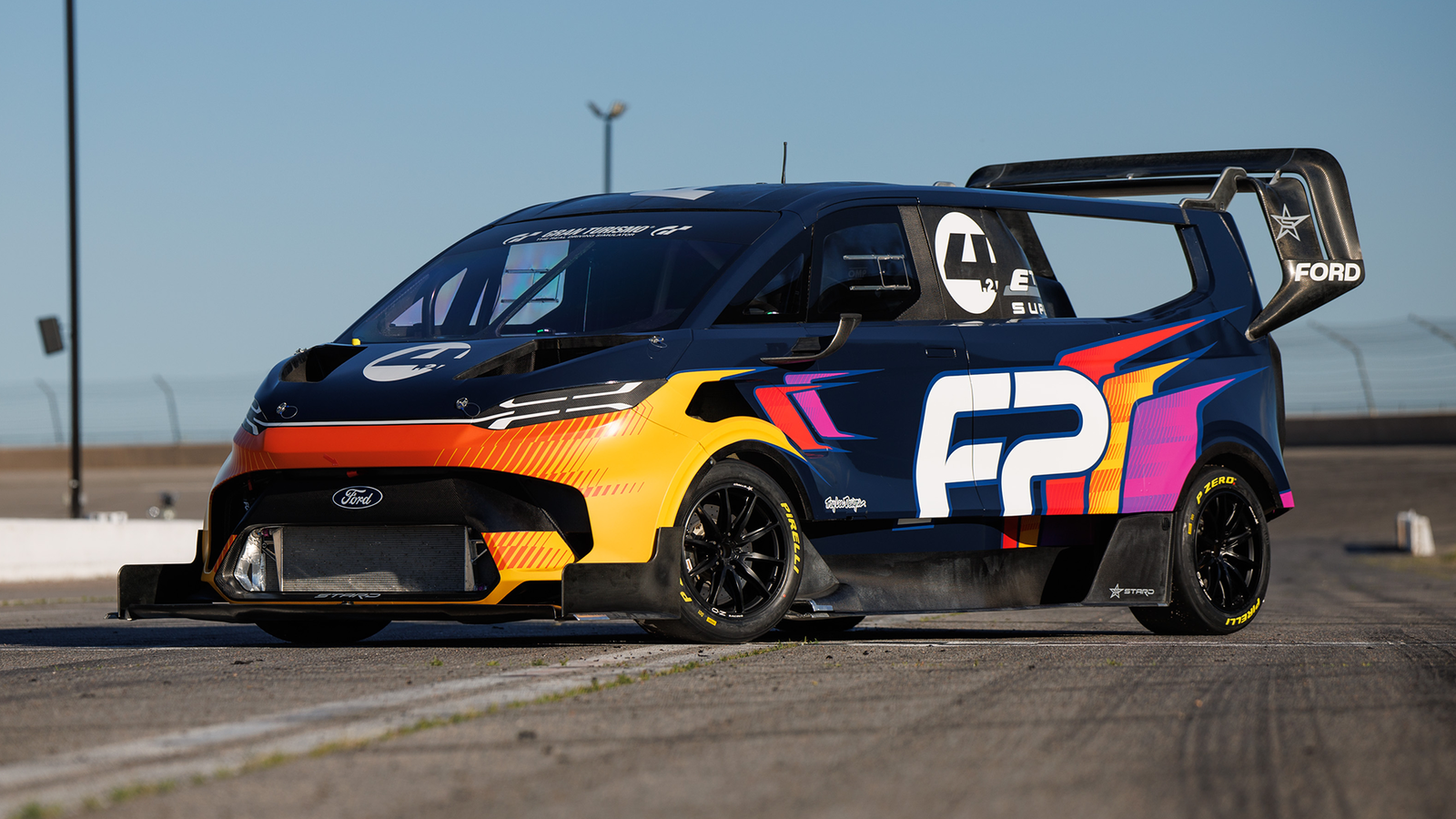




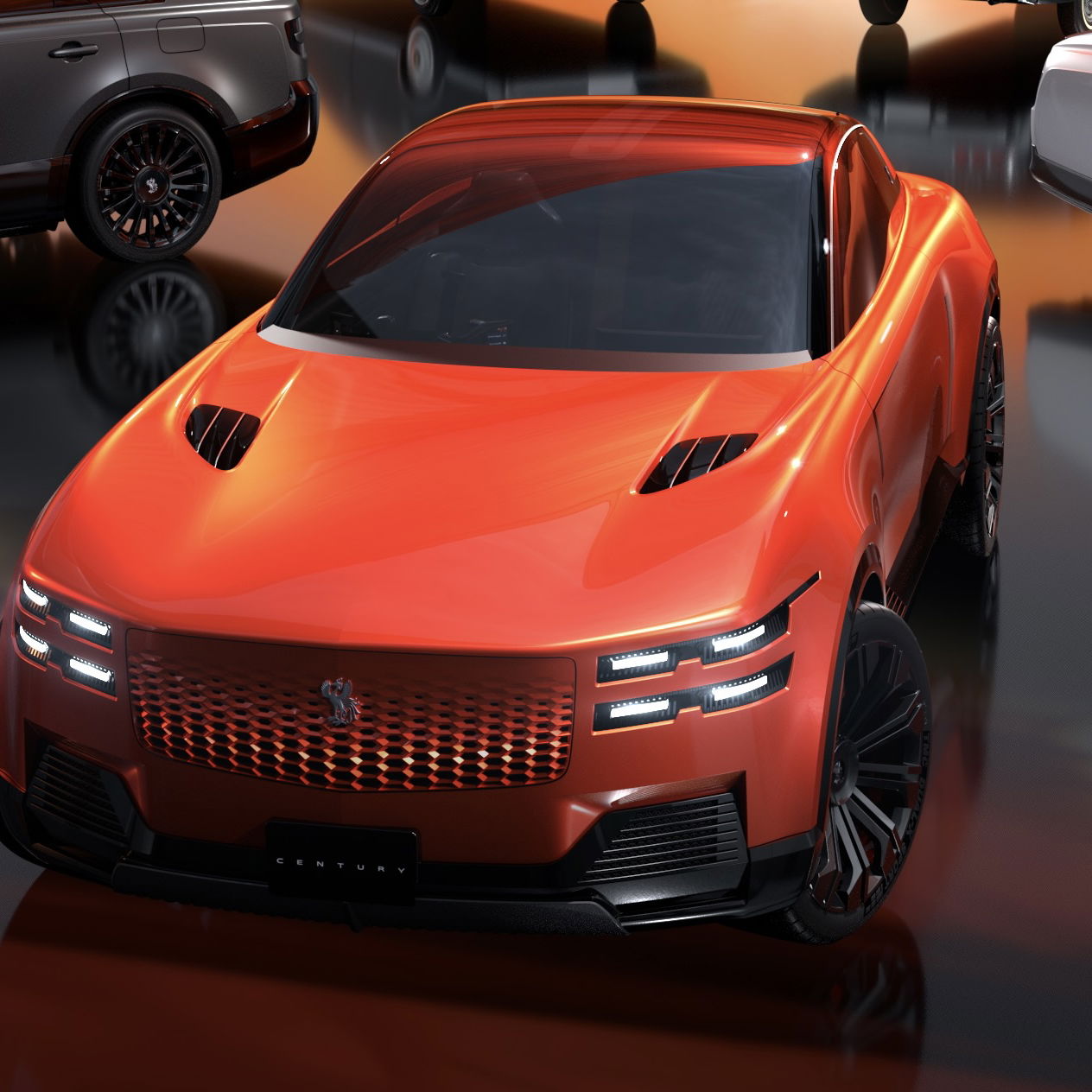
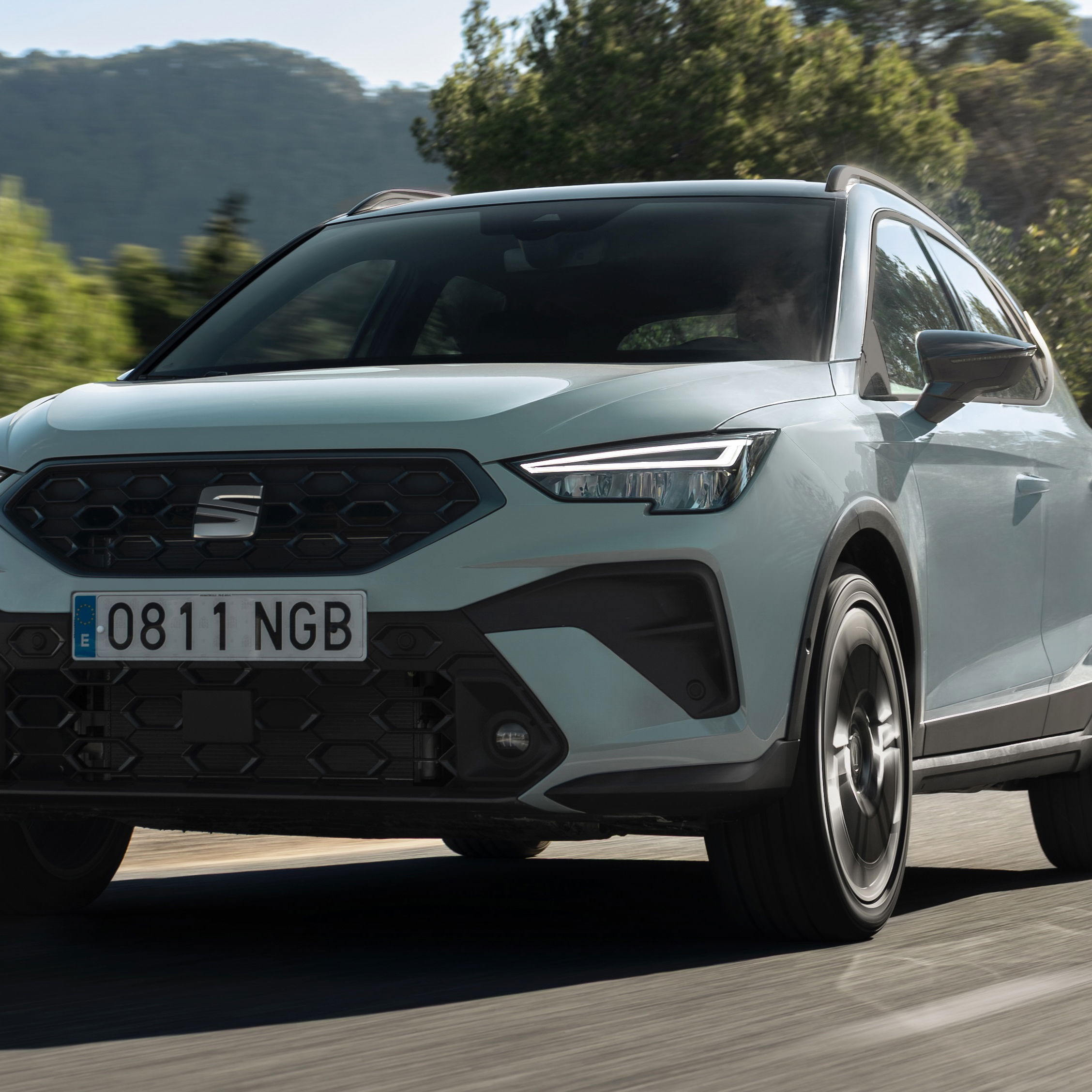
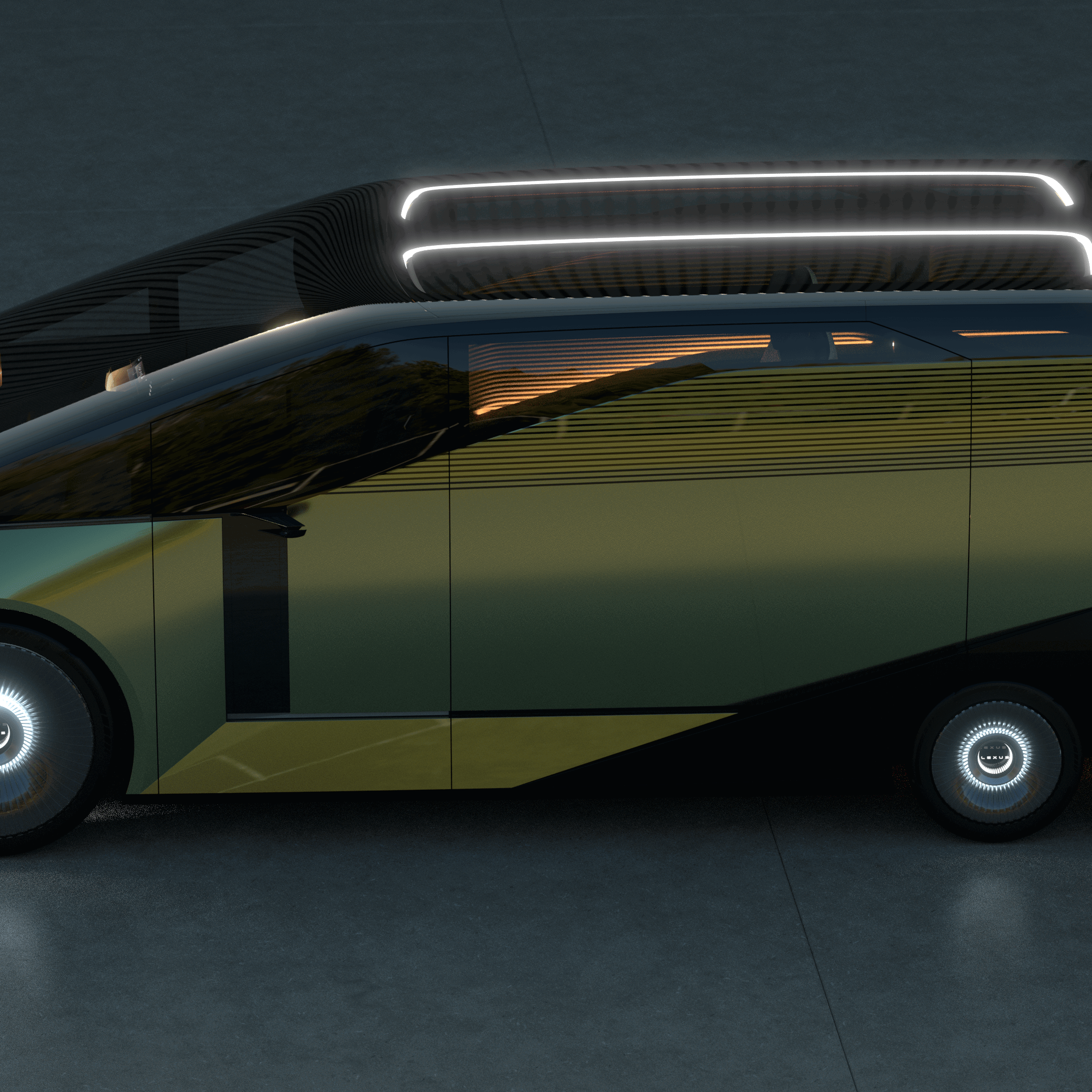


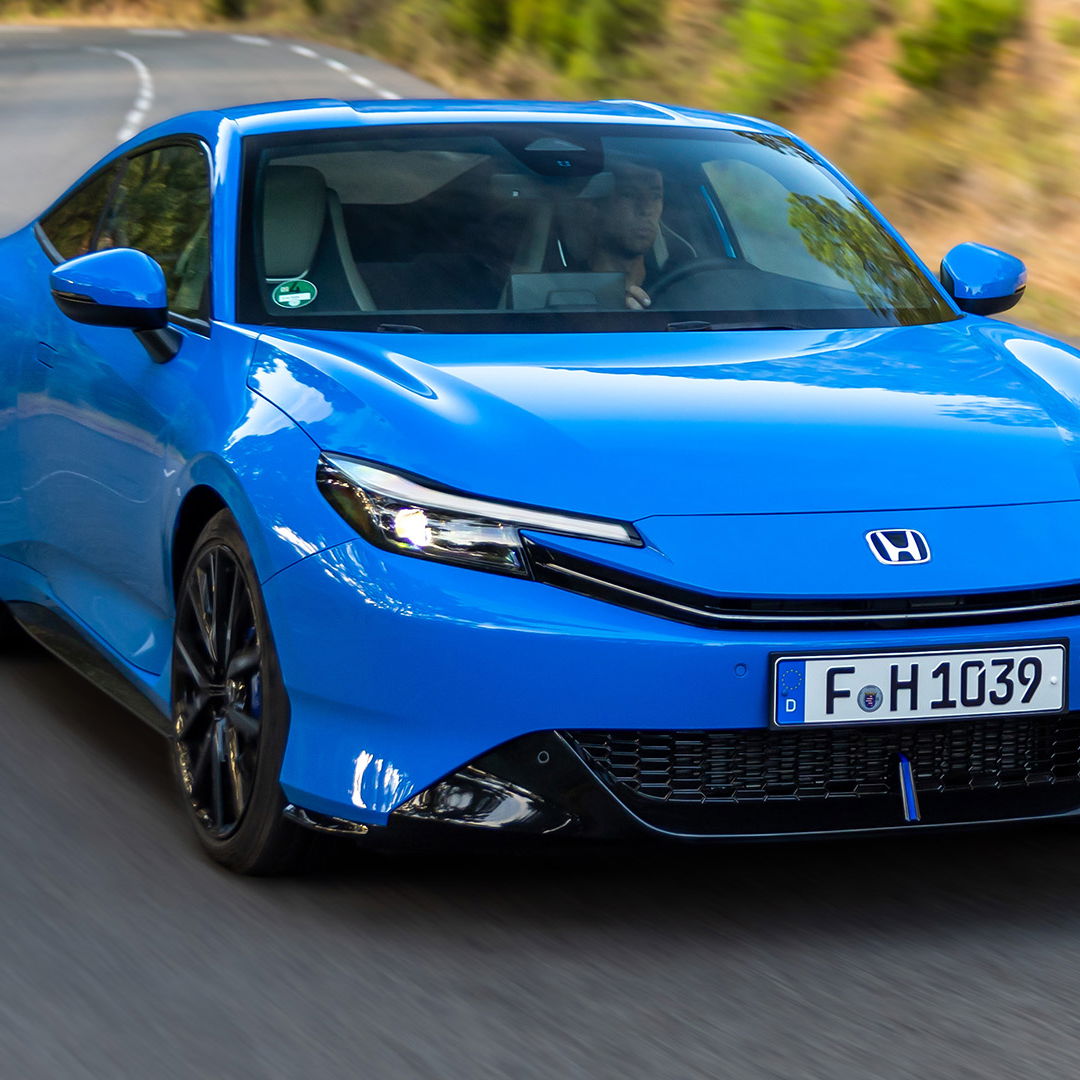
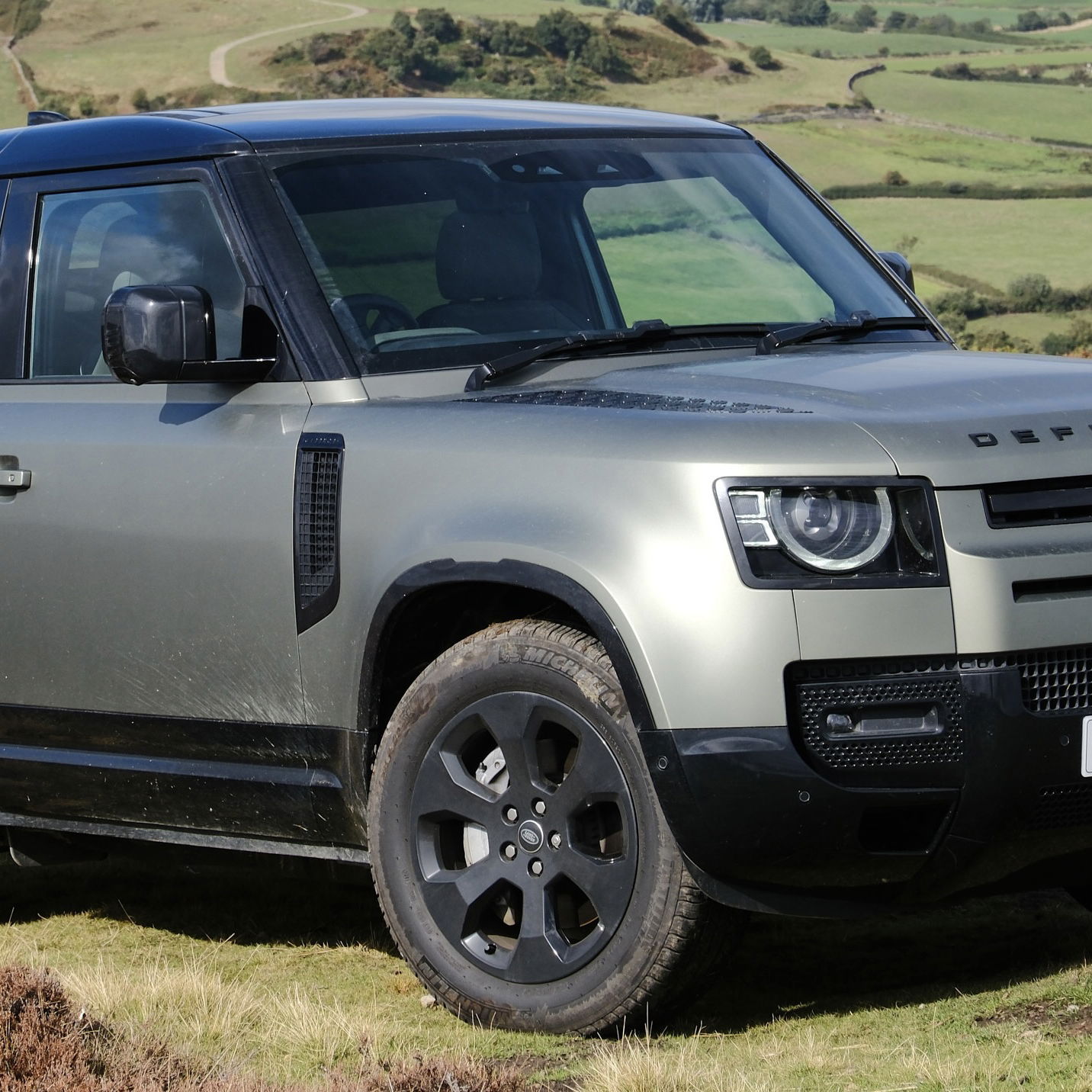


Comments